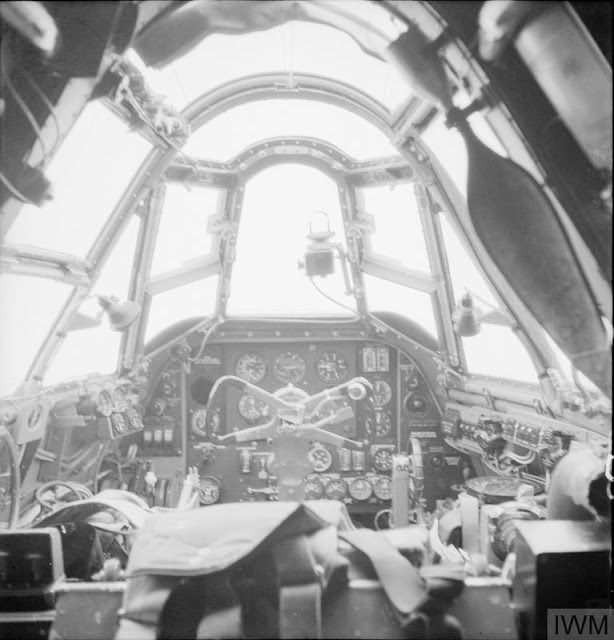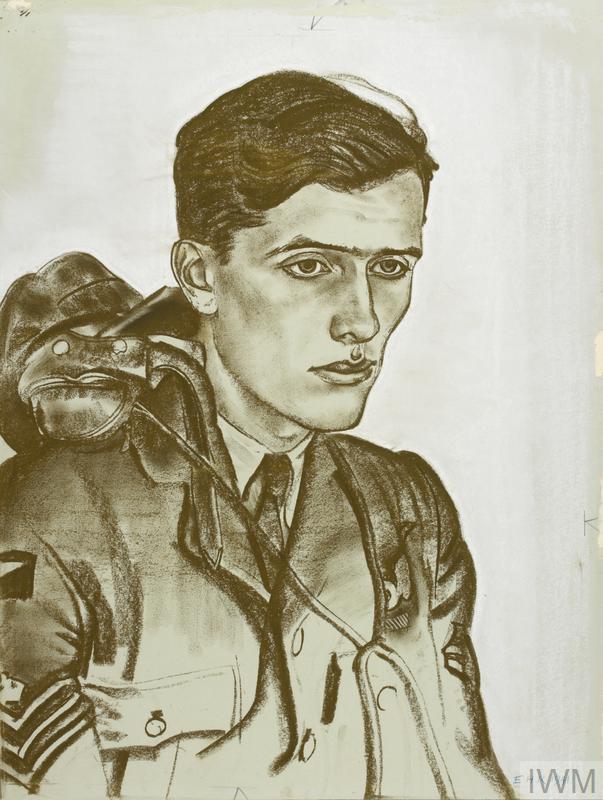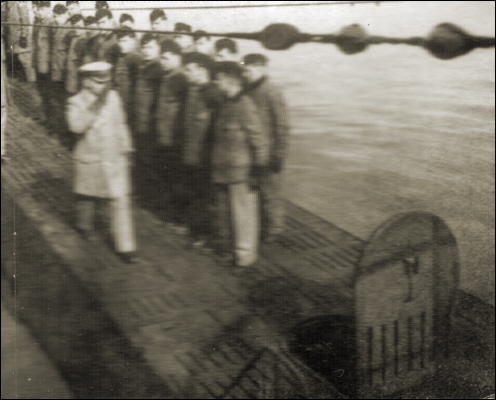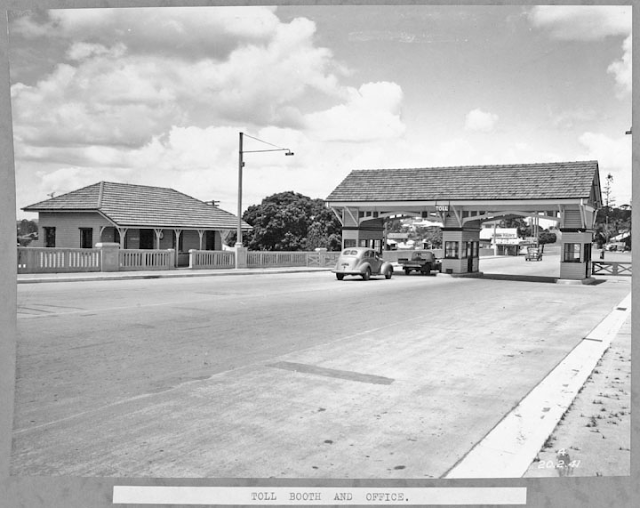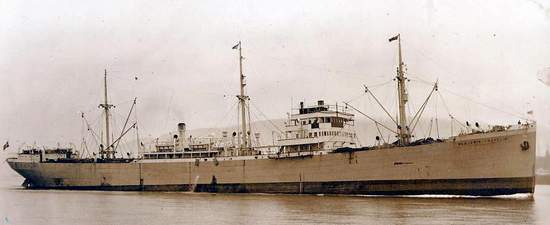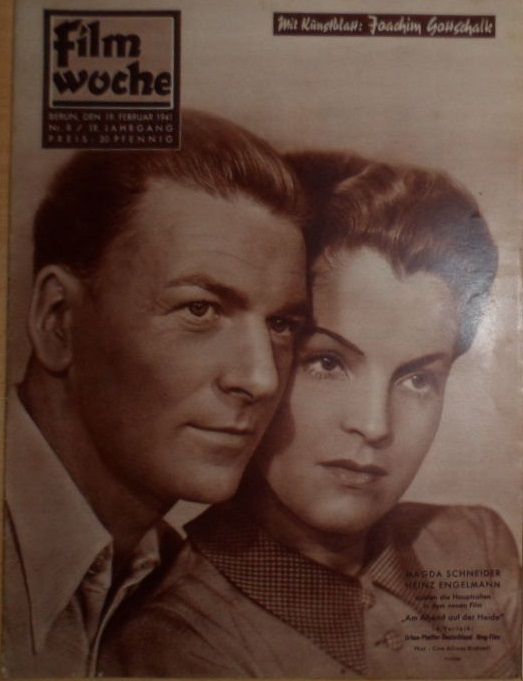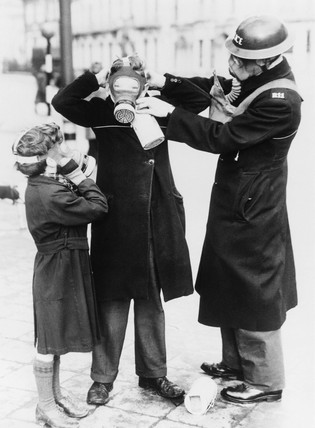Friday 21 February 1941
 |
| A Curtiss P-36 Hawk fighter. |
East African Campaign: HMS Formidable is stuck in the Red Sea waiting for the Suez Canal to be cleared before it can join the Mediterranean Fleet at Alexandria. The crew occupies itself supporting army operations, bombing Massawa, but they accomplish little. The Luftwaffe mining of the Suez Canal has achieved a tremendous amount for the small investment involved.
The campaign along the Juba River continues as the British move toward the ultimate prize of Mogadishu. At dawn, the Transvaal Scottish South African troops embark in armored cars to Margherita. The Italians have artillery positioned, but the South African artillery stops it. South Africans take Margherita during the afternoon. The new commander is Lieutenant-Colonel Gordon le Roux. The next objective to the north is Jelib, and the 22nd East African Brigade is coming from the north to block the Italians' retreat from that city.
The Indian 7th Infantry Brigade attacks the Italian 112th Colonial Battalion at Cub Cub but makes little progress.
 |
| Damage during the Swansea Blitz, 19-21 February 1941. |
If there is a silver lining for the British, it is that the fire watchers organized by the Swansea Council prevent the incendiaries from combining to create a firestorm. This shows that, with adequate intervention, incendiary bombs can be greatly reduced ineffectiveness. In addition, the vital dock facilities and oil installations are largely unscathed. The number of casualties also is relatively light due to the presence of numerous Anderson and domestic shelters, some built before the war. Swansea is a textbook study on how to suffer a devastating aerial assault while containing the consequences as much as possible due to good preparation.
RAF Bomber Command, meanwhile, sends 34 bombers to raid Wilhelmshaven. It also sends 42 aircraft to lay mines off Brest.
Battle of the Atlantic: The Luftwaffe also raids Skálafjørður, also known as Kongshavn (King's harbor) in Eysturoy, Faroe Islands. The British have oil installations there, along with associated shipping. They sink 398-ton anti-submarine trawler HMS Lincoln City, while anti-submarine trawler HMS Leicester City shoots down one of the attacking German planes.
U-552 (K.Kapt. Erich Topp), on its first mission (though Topp previously commanded U-57), is heading out for its station along the convoy routes when it is spotted on the surface by RAF aircraft. The submarine takes some minor damage and continues with its mission. This is an omen of things to come, for U-boats are vulnerable while in transit to their patrol stations because they must make the trips on the surface.
Operation MC 8, a supply convoy to Malta, concludes without a hitch today. Light cruisers HMS Orion, Gloucester, Ajax, and destroyers Mohawk, Nubian and Diamond arrive in the predawn darkness. They deliver 1300 troops in total (two battalions), and the Germans and Italians apparently never notice. The ships (except for Diamond) head back out at dusk.
Royal Navy submarine HMS Ursula (Lt.Cdr. G.C. Phillips) spots a convoy from Trapani in Sicily, bound for Tripoli. It torpedoes and damages Italian freighter Sabbia. Italian torpedo boat Montanari counterattacks, damaging Ursula. Sabbia eventually makes it to Tripoli, and Ursula gets away.
Colonel Leclerc's Free French force continues pounding away at the El Tag fortress in Kufra. The Italians in the fort can do nothing about the mortars and 75mm field gun firing from 1.5 and 3 km away, respectively.
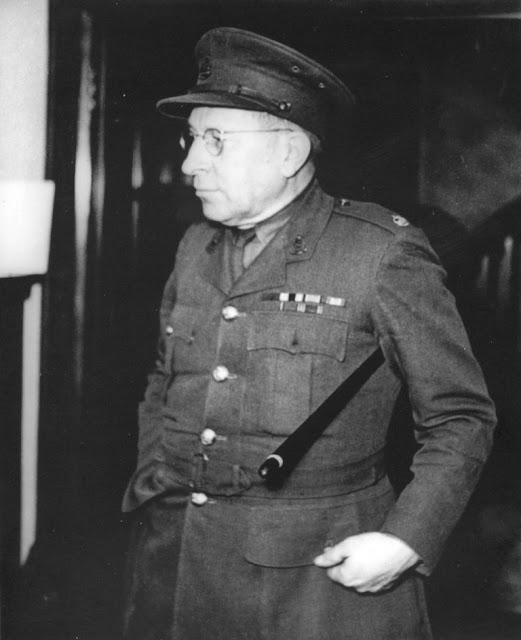 |
| The last photograph of Major Banting. |
Battle of the Pacific: U.S. Navy aircraft carrier USS Enterprise (CV-6) stands 10-15 miles off Oahu and lanches 31 USAAC Curtiss P-36 Hawk fighters. Taking off in flights of three, the fighters will be based at Wheeler Field in the Wahiawa District near Pearl Harbor (next to Schofield Barracks). Wheeler lies just north of the naval base. This is the first time in US Navy history that a regular USAAC fighter is flown off a carrier's deck in a ferrying operation - something the British have been doing with some regularity in the Mediterranean. Looking ahead, some of these fighters will be present and get into action on 7 December 1941.
The P-36 fighter is approaching obsolescence. The USAAC already has a better fighter, the P-40, in service. However, at this time, the P-36 is considered the basic American fighter.
Spy Stuff: In a memo to Permanent Under-Secretary of State for Foreign Affairs Alexander Cadogan, Prime Minister Winston Churchill inquires about a digest of intercepted phone calls between different foreign embassies in London. The British are tapping the Thai Embassy phones, and the Thais have conversations with the Japanese and Nepalese embassies which involve top secret information about Japanese war plans. This appears to be a primary source of British information about Japanese plans.
 |
| Sir Frederick Grant Banting. |
Anglo/US Relations: Churchill complains in a note to Harry Hopkins about having to give up "all our direct investments" to the Americans. "Is this really necessary?" he writes. It really is necessary. Despite his plaints, the British government authorizes the transfer. This effectively places the financial future of Great Britain in American hands - where, to be honest, it has been throughout the conflict.
Japanese Military: The Japanese Consulate in Honolulu is a hotbed of spies. Today, Consul Ojiro (Otohiro) Okuda sends his first true spy message to Tokyo. He observes fleet movements in Pearl Harbor from a hill hear his office, then sends the information to the IJN. The message notes the recent comings and goings of warships in the harbor, and also provides a detailed list of the ships currently in the harbor (which must have taken some effort to compile), to wit:
Seven battleships (three of the New Mexico class, two of the Pennsylvania class, one each of the Oklahoma and California classes); four heavy cruisers, (two of the New Orleans class and two of the Portland class); ten light cruisers, (four of the Honolulu class; six of the Omaha class of which one is in drydock); thirty destroyers; three destroyer tenders; aircraft carriers, Yorktown and Enterprise; one troop transport; one submarine tender; (no submarines were visible).It takes quite some military knowledge to distinguish between different classes of ships, including cruisers, so Okuda likely received extensive training in Japan before assuming his position in Hawaii. The military planners in Tokyo find Okuda's information useful but do not wish to compromise him, so they consider sending a military aide to make the observations.
 |
| "Western Union," featuring a very young Robert Young in a rare early technicolor film, opens today, 21 February 1941. |
Another dismissal is of Polina Semyonovna Zhemchuzhina Molotov, Foreign Minister Vyacheslav Molotov's wife. Apparently not intended as a slap at her husband, the dismissal likely is due to the fact that she is Jewish, and also because Stalin dislikes her for personal reasons. Polina also is suspected of being a spy, apparently stemming from knowing some (unidentified) foreign spies. The fact that Polina is an outspoken Zionist probably doesn't help her cause, considering that Stalin is trying to improve relations with Hitler.
Australian Government: Prime Minister Robert Menzies finally makes it to London, a month after he set out from Melbourne. He is staying in the same suite at the Dorchester previously occupied by Wendell Willkie. Menzies notes that "So far I have seen only a few bombed places" and "Day raids have for the time been practically discontinued, and the street traffic... seemed almost normal." He has lunch with several cabinet ministers, noting that Minister of Labour and National Service Ernest Bevin "would be a great hand with a fractious union, but I would think of limited mental powers." He also finds Lord Woolton "quiet and perhaps a little deaf," while Home Secretary Herbert Morrison "is rather arresting, smallish, humorous, broadminded."
Norway: Following the lead of other nations, Norway breaks diplomatic relations with Romania.
South Africa: Lord Harlech becomes the High Commissioner.
Dutch Homefront: The German Grüne Polizei, local Dutch police and assorted German paramilitary organizations such as the WA ("Weerbaarheidsafdeling") are incensed by Jewish self-defense groups on the Waterlooplein injuring their comrades on the 20th. The Germans begin the process of rounding up 425 hostages, all young Jewish men and send them to Kamp School. After spending time there, the men will be sent to various concentration camps in Germany. Two will survive the war.
Italian Homefront: The government cuts the ration various cooking ingredients, including olive oil and butter, by half.
American Homefront: Promising young stars Robert Young and Dean Jagger team with Randolph Scott in Fritz Lang's "Western Union," which opens today. It is a rare 20th Century Fox technicolor film (there remain very few color film cameras in Hollywood) and is filmed on location in House Rock Canyon, Arizona and Kanab and Zion National Park, Utah. Reviews of the time generally focus on how colorful and vivid the film is - the acting and story are distinctly secondary. Several Native Americans appear in the film, including Chief John Big Tree and Chief Thundercloud. The Academy Film Archive will preserve the "Western Union" in 2000. Lang, incidentally, left Germany in 1934 in disgust at the German regime's control over the film industry despite being offered the plum position of head of UFA by Propaganda Minister Joseph Goebbels.
Buster Keaton stars in Columbia Pictures' "So You Won't Squawk," a two-reeler directed by Del Lord, a veteran director for Mack Sennett. It also opens today.
February 1941
February 1, 1941: US Military Reorganization
February 2, 1941: Wehrmacht Supermen
February 3, 1941: World Will Hold Its Breath
February 4, 1941: USO Forms
February 5, 1941: Hitler Thanks Irish Woman
February 6, 1941: Operation Sunflower
February 7, 1941: Fox Killed in the Open
February 8, 1941: Lend Lease Passes House
February 9, 1941: Give Us The Tools
February 10, 1941: Operation Colossus
February 11, 1941: Afrika Korps
February 12, 1941: Rommel in Africa
February 13, 1941: Operation Composition
February 14, 1941: Nomura in Washington
February 15, 1941: Churchill's Warning
February 16, 1941: Operation Adolphus
February 17, 1941: Invade Ireland?
February 18, 1941: Panzerwaffe Upgrade
February 19, 1941: Three Nights Blitz
February 20, 1941: Prien's Farewell
February 21, 1941: Swansea Blitz Ends
February 22, 1941: Amsterdam Pogrom
February 23, 1941: OB-288 Convoy Destruction
February 24, 1941: Okuda Spies
February 25, 1941: Mogadishu Taken
February 26, 1941: OB-290 Convoy Destruction
February 27, 1941: Operation Abstention
February 28, 1941: Ariets Warns Stalin
2020


